Sprouting Season - It's Time To Get Growing
Posted by Josie Owen on 14th Mar 2025
Spring Into Action: Sprouting Season is Here – Time to Get Growing and Transform Your Garden
Now that you've successfully cleaned up your garden and prepped it for Spring, it's time to shift focus from clearing the clutter to nurturing new growth. After tackling tasks like pruning, testing the soil, and weeding, your garden is ready for the next steps. With the groundwork laid, it’s the perfect opportunity to ensure your outdoor space is primed to flourish this season. Let’s explore what you can do next to bring your garden to life and set it up for a vibrant and healthy spring.
Time to Get Planting! But What’s the Right Plant for This Time of Year?
You can begin planting early spring flowers, such as pansies or primroses, and cool-season vegetables, like lettuce, kale, and peas. These plants can thrive in the cooler early spring temperatures before the heat of summer arrives.
Best Flowers to Plant in Spring:
Pansies
These vibrant flowers love cool temperatures, making them perfect for early spring planting. They come in a variety of colors and can brighten up your garden beds or containers.
Primroses:
Primroses are great for early spring and can tolerate light frost. They add a splash of color to your garden and thrive in partly shaded areas.
Tulips and Daffodils:
Though planted in Autumn, tulips and daffodils bloom in early spring. Their bright colors signal the arrival of warmer weather.
Sweet Peas:
Sweet peas are perfect for spring planting, as they enjoy cooler weather. They’ll bloom throughout the season, adding both beauty and a sweet fragrance to your garden.
Lavender:
Lavender thrives in the spring when temperatures are mild. It’s perfect for both flower beds and pots, and the scent can add a calming atmosphere to any garden.
Geraniums:
Geraniums bloom in early spring and can last throughout the season. They are perfect for containers or hanging baskets and can handle sun or partial shade.
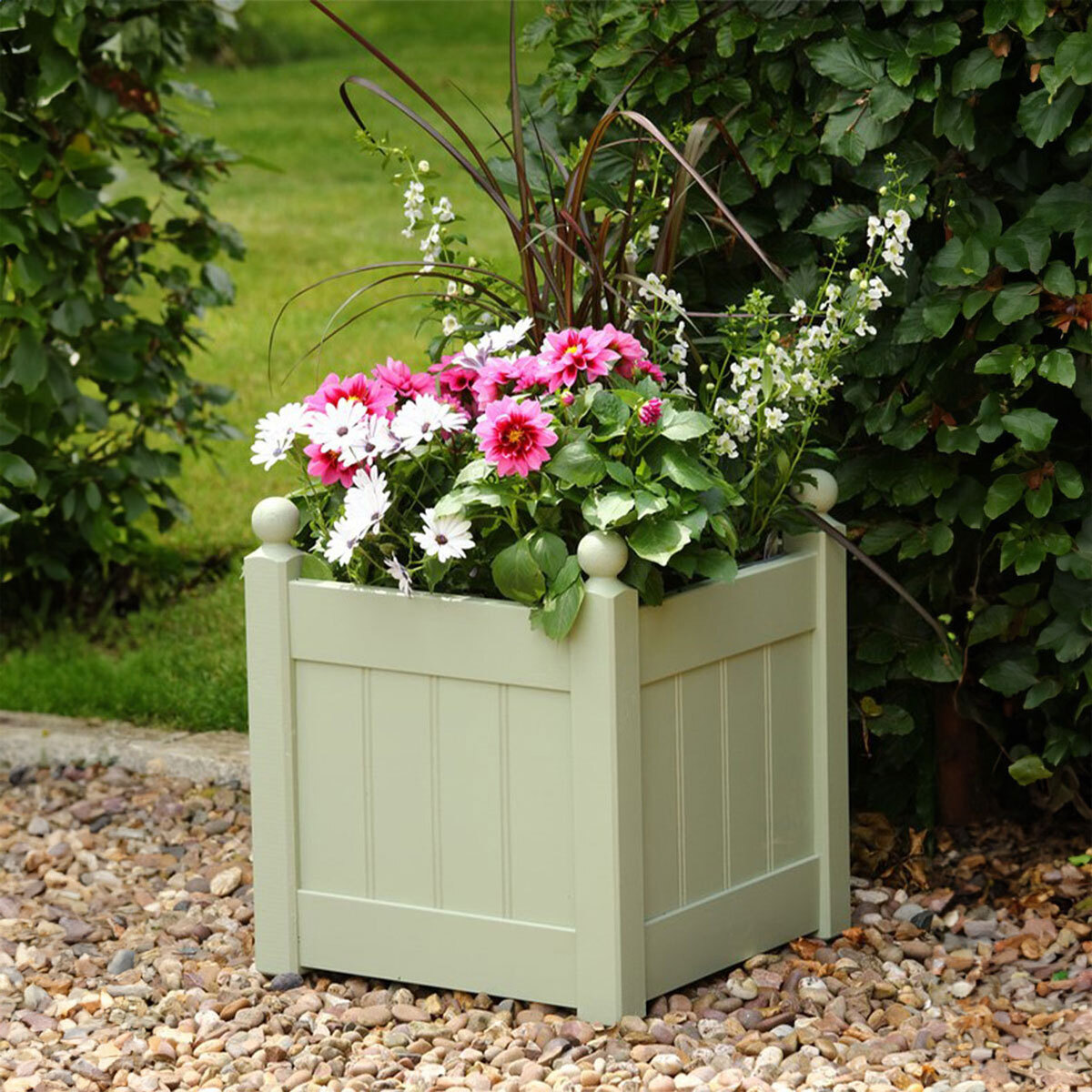
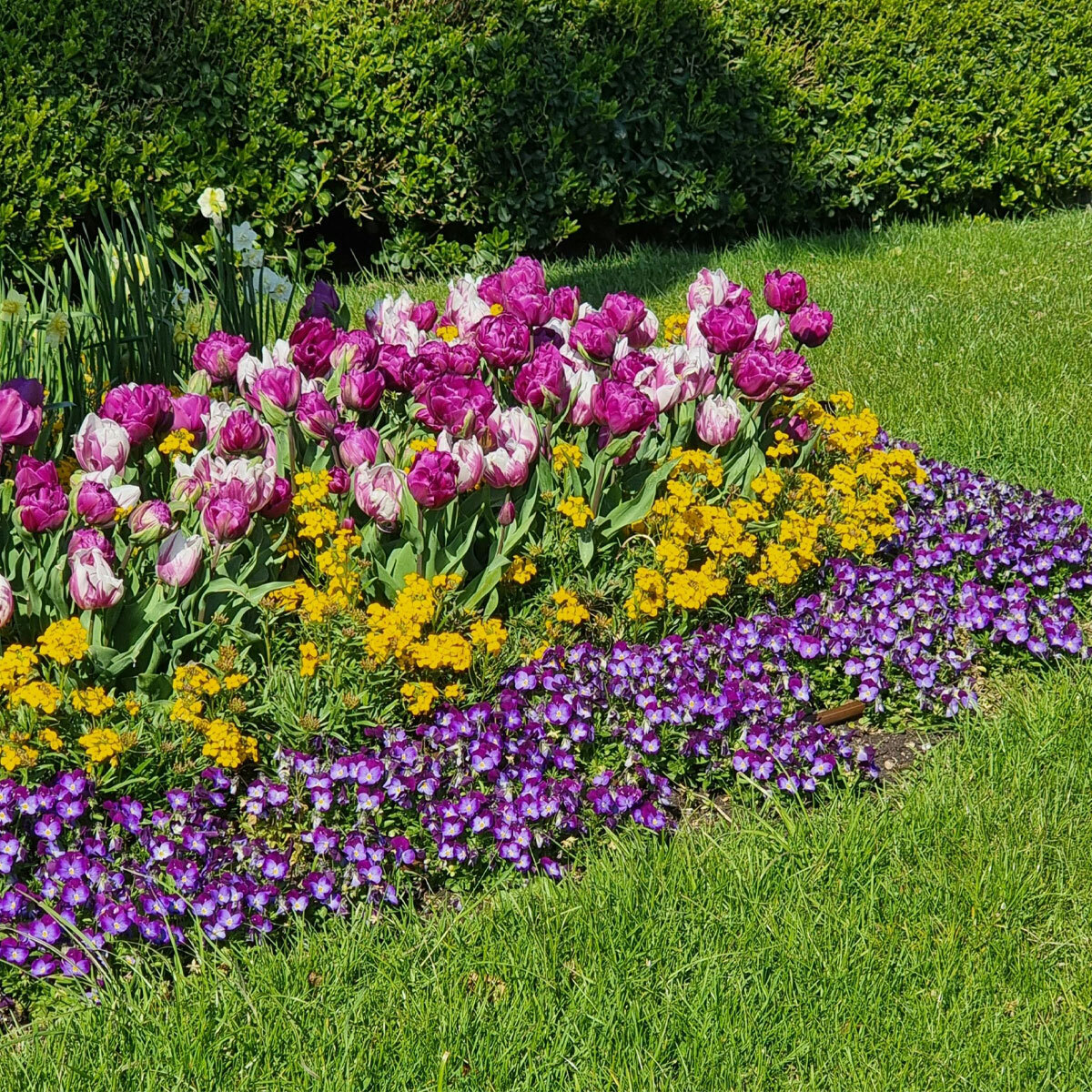
Or maybe you want to try and grow your own food? Spring is the ideal time to start growing your own vegetables and herbs. From crisp lettuce to fragrant basil, planting now will set you up for a season of homegrown freshness right at your doorstep.
Best Vegetables to Plant in Spring:
Lettuce
Lettuce grows well in cooler temperatures, making it ideal for spring planting. It's quick to mature, and you can harvest it in a few weeks.
Spinach
Spinach thrives in cooler weather and can be sown early in spring. It's also a fast-growing vegetable that can be harvested young for tender leaves.
Peas
Peas are cool-season vegetables that should be planted early in the spring. They grow quickly and produce a delicious, crisp crop.
Radishes
Radishes are perfect for spring because they mature quickly. You can plant them as early as possible, and they’re often ready to harvest in about four weeks.
Carrots
Carrots grow well in early spring, especially if the soil is loose and well-drained. Plant them in cool, rich soil for a hearty crop.
Broccoli
Plant broccoli early in the spring for a late spring or early summer harvest. Broccoli thrives in cooler temperatures and can be harvested before the summer heat sets in.
Cabbage
Cabbage does well in cool weather and can be started in spring. It requires a longer growing season, so planting early gives it time to form compact heads.
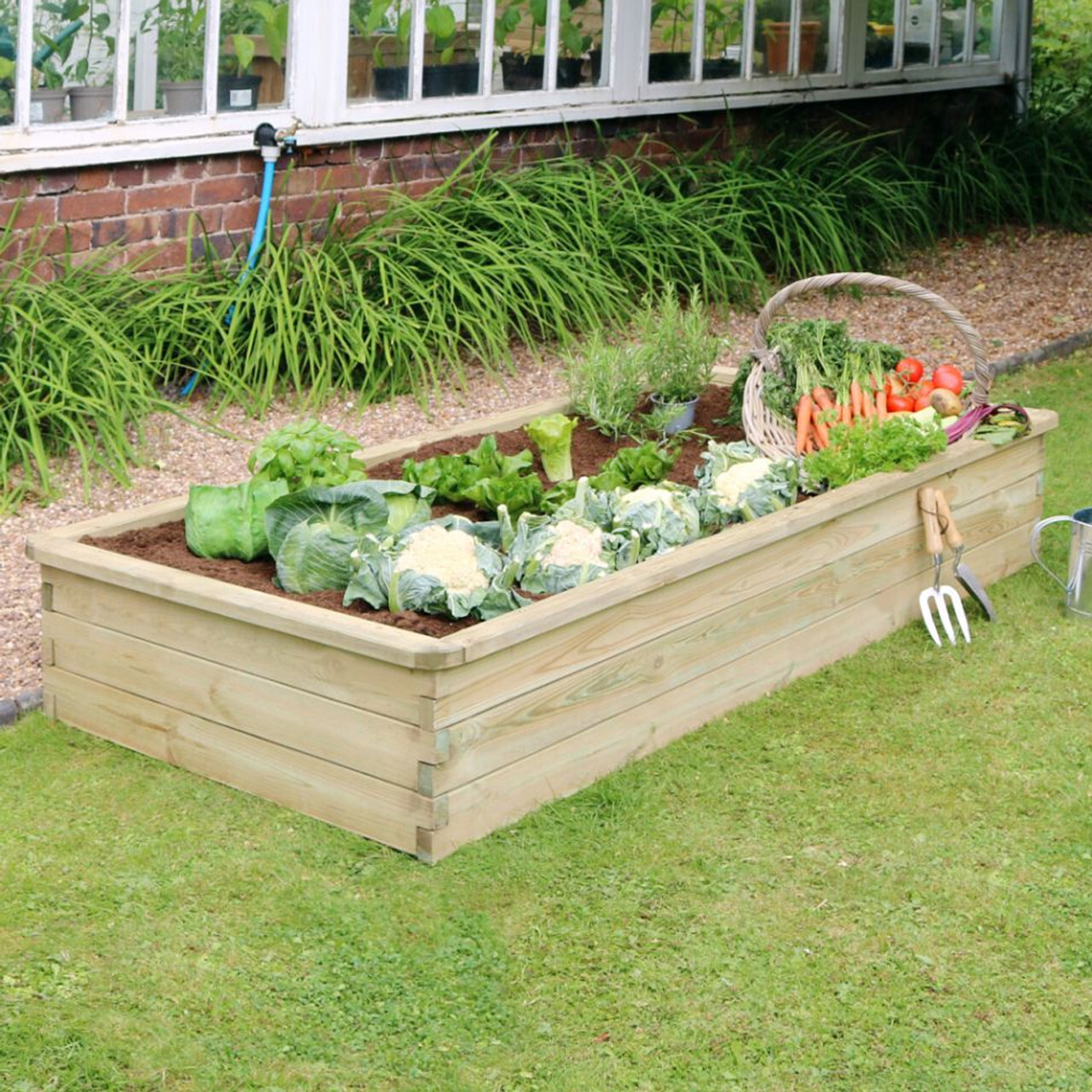
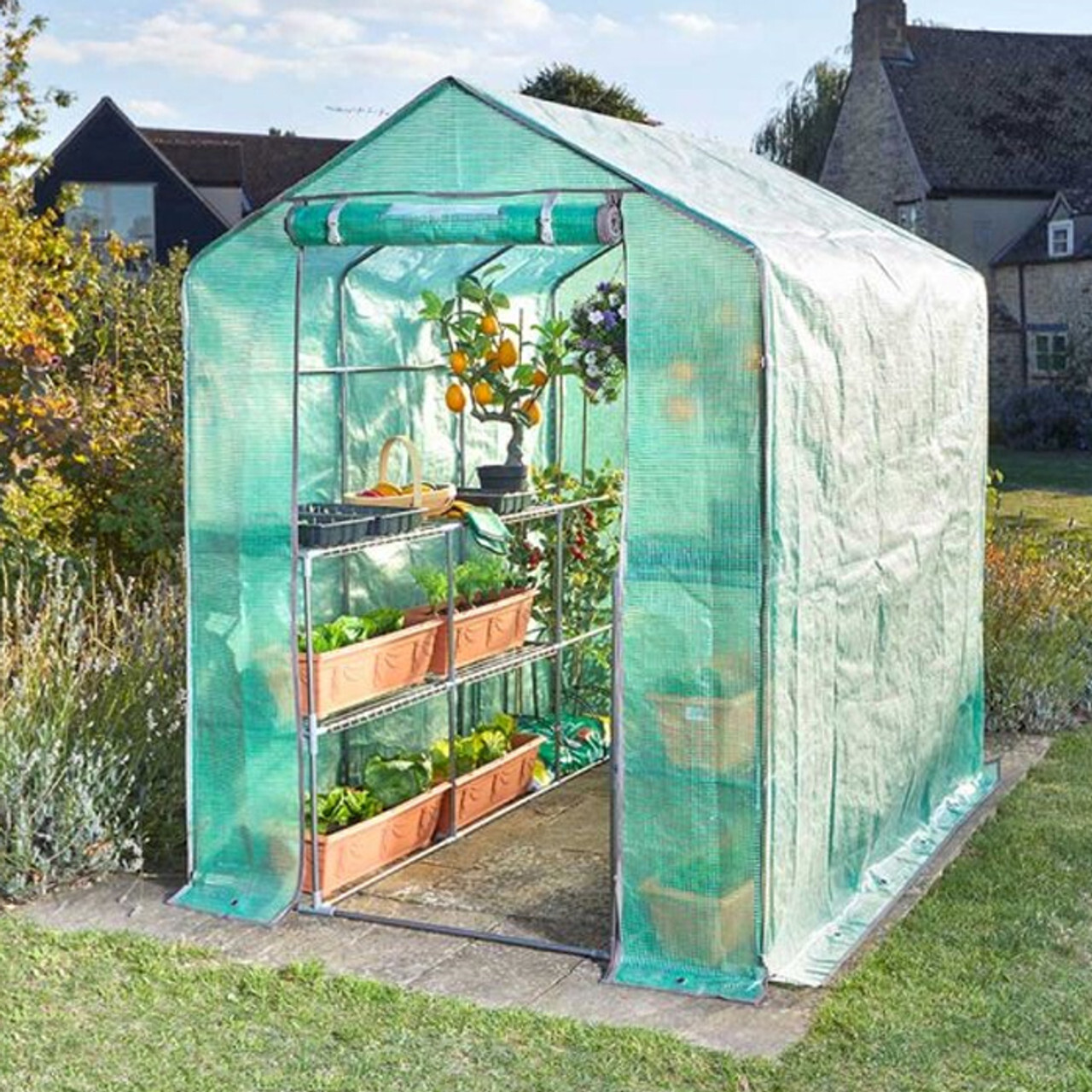
Add some herbs to your garden for an extra burst of flavour in your meals! From basil and mint to rosemary and thyme, fresh herbs are easy to grow and will elevate your cooking all season long.
Best Herbs to Plant in Spring:
Parsley
Parsley can be planted early in the spring. It tolerates cooler temperatures and will grow through the season with regular harvesting.
Chives
Chives are hardy herbs that can be planted in early spring. They thrive in full sun and are perfect for adding flavor to dishes.
Mint
Mint is a hardy herb that grows well in early spring. It can spread quickly, so it’s best planted in a container to keep it contained.
Thyme
Thyme is a low-maintenance herb that can be planted in spring. It grows best in full sun and well-drained soil.
Coriander
Coriander prefers cooler temperatures, making it a great herb to plant early in spring. It’s fast-growing and can be harvested multiple times during the season.
Rosemary
Though it may need some extra protection during harsh winters, rosemary is a hardy herb and can be planted in the spring in full sun.
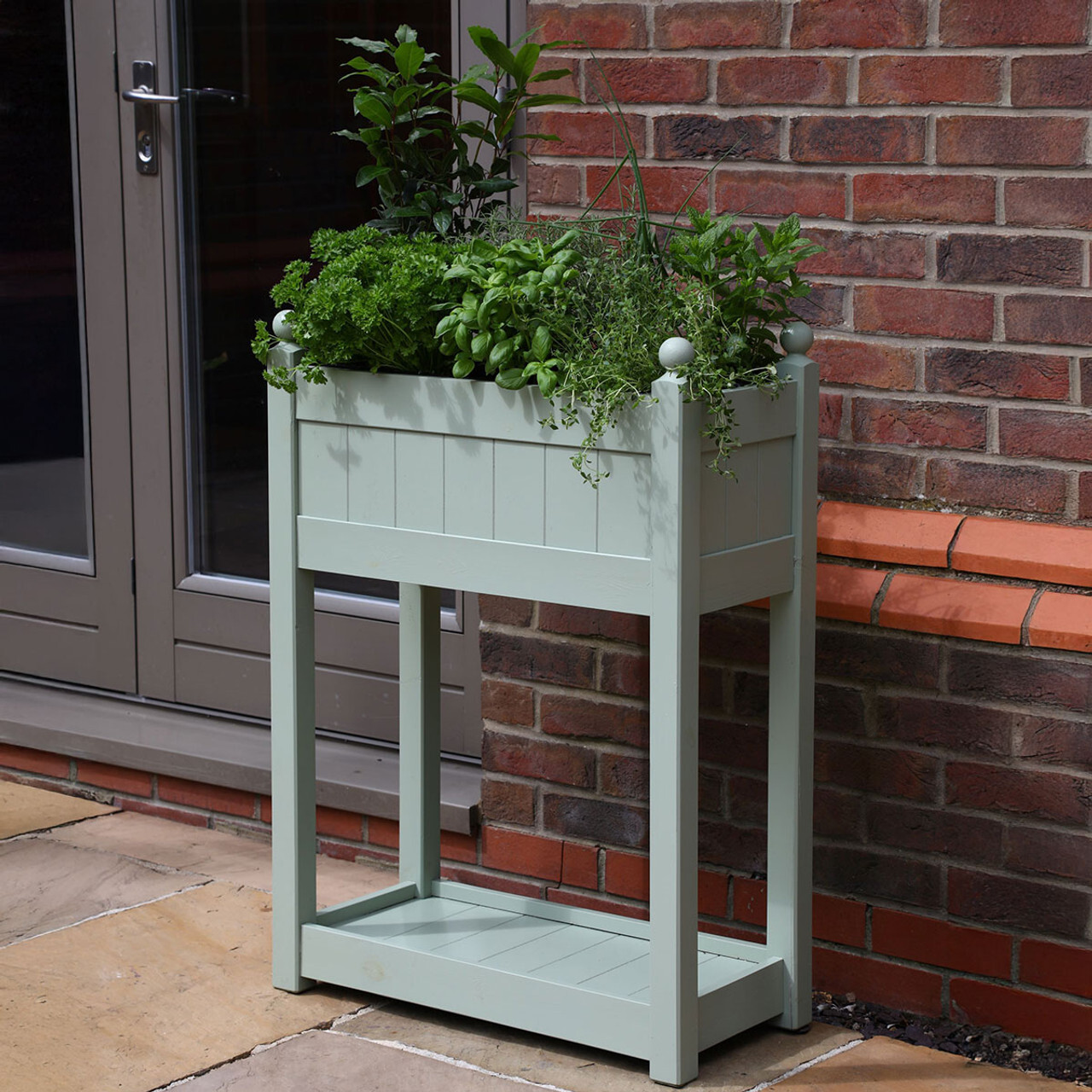
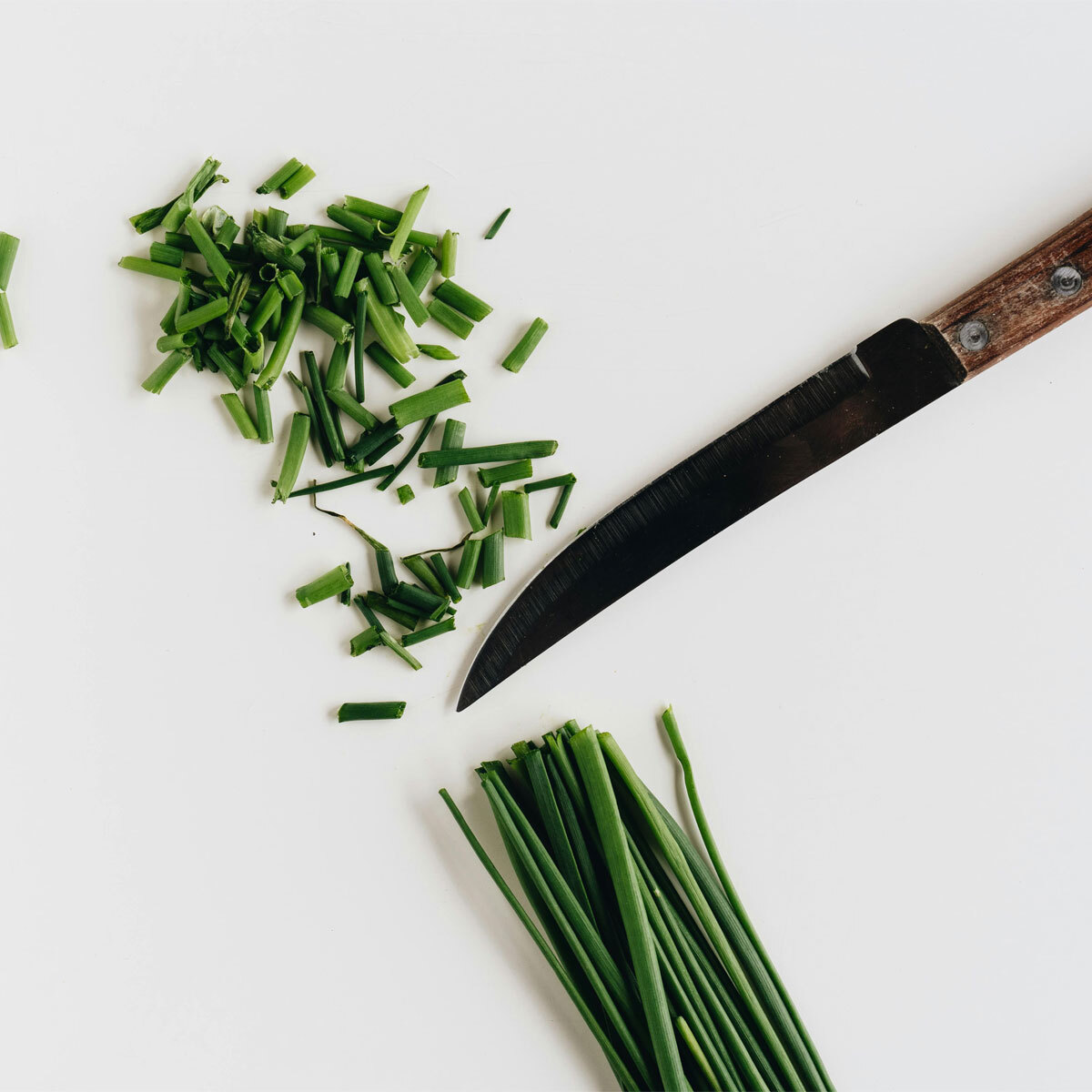
Some More Spring Favourites Are:
Strawberries
Spring is an ideal time to plant strawberry plants. They’ll produce fruit in late spring to early summer and thrive in full sun.
Rhubarb
Plant rhubarb early in spring, as it needs a cool start. It’s a perennial plant, so once established, it will continue to grow year after year.
Sweet Potatoes
Sweet potatoes thrive in warm, frost-free conditions, so it’s important to provide them with a long growing season and plenty of warmth.
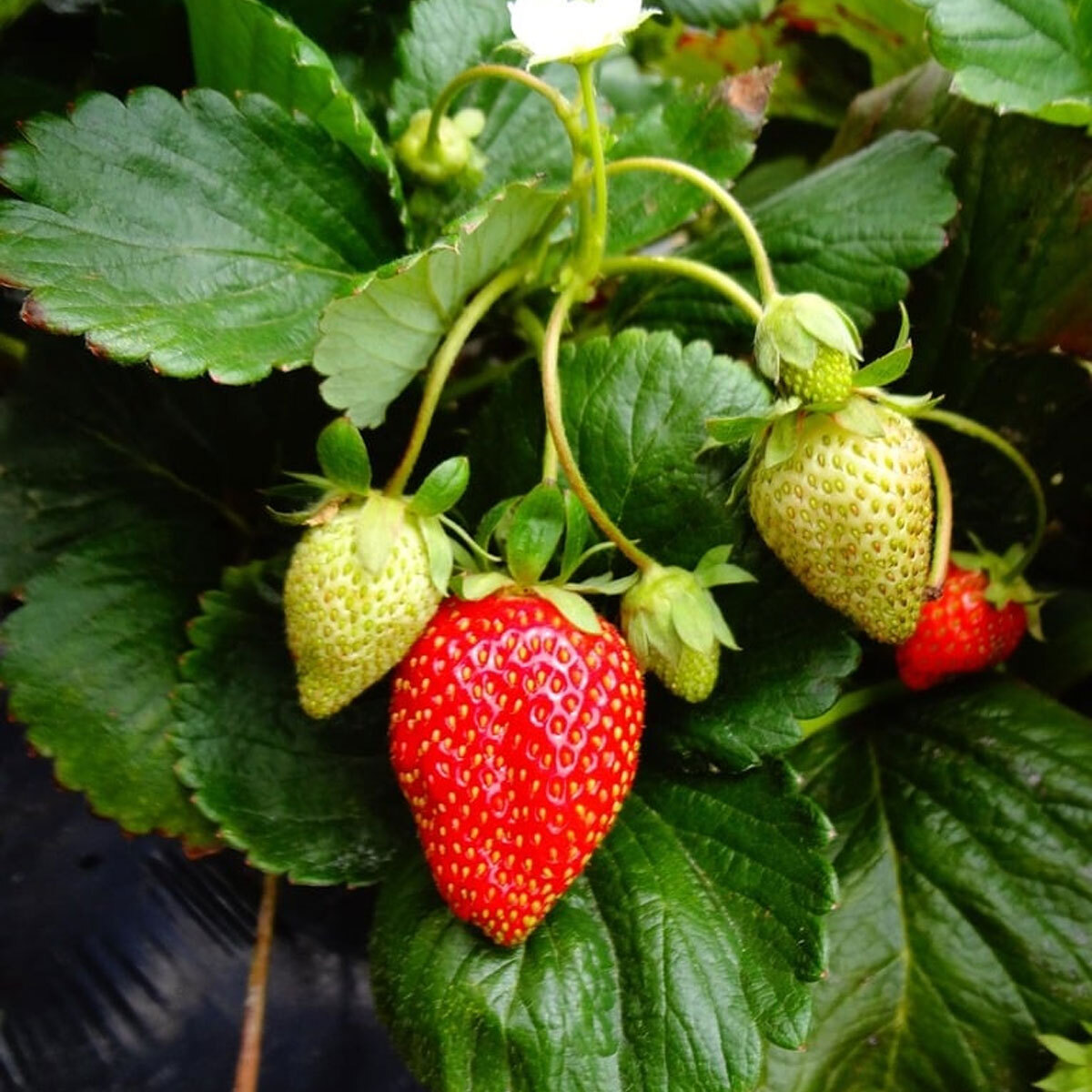

Consider where you are going to set your plants or seeds up, is it best to plant in a you garden bed, a greenhouse, or a plant pot?
Take the time to plan your garden beds by considering the layout, sunlight, shade, and the growth habits of your chosen plants. Consider where you’ll place your plants or seeds: is it best to plant them in a garden bed, a greenhouse, or a plant pot? The location can impact their growth, so think about the space each option provides in terms of sunlight, drainage, and ease of care.
For example, your garden bed is perfect for plants that need space to spread out & establish their roots, such as tomatoes, carrots, marigolds, daisies, lavender or rosemary to name a few.
A greenhouse might be a better choice for options like cucumbers, peppers, geraniums, begonias, basil and parsley.
Lastly a plant pot is a great choice for filling up unused space or if your short on space its ideal for ensuring your can still have green fingers! They are ideal for planting smaller plants or herbs such as lettuce, radishs, petunias, pansies, chives or mint.
Once you have a plan, prepare the beds or pots by loosening the soil, adding compost, and ensuring proper drainage. To improve the soil, amend it with organic matter such as compost, well-rotted manure, or a slow-release fertilizer based on your soil test results. This will provide essential nutrients for healthy plant growth. Additionally, aerating the soil helps break up compacted ground, allowing air, water, and nutrients to reach the roots more effectively. Use a garden fork or aerator tool to loosen the soil, especially in areas that have become dense over the winter.
After planting, apply a layer of organic mulch, such as wood chips or bark, around your plants. Mulch helps retain moisture, regulate soil temperature, and prevent weed growth, while also providing additional nutrients as it breaks down over time.
Make sure you have an effective irrigation or watering system in place to keep your plants healthy and thriving. Spring is a critical time for watering, especially as temperatures begin to rise. Set up a drip irrigation system or a soaker hose to provide consistent moisture, or if you're manually watering, ensure you water deeply to encourage strong root growth. Additionally, stay on top of weeding and pests—remove weeds before they become established and watch for early signs of pests or diseases. Address any issues promptly to protect your plants and maintain their health.
With these essential steps, you’ll be well on your way to cultivating a beautiful, thriving garden this spring. From planning your garden beds and choosing the right plants for the season to ensuring proper irrigation and staying on top of pests, you’ll create the perfect environment for your plants to grow and flourish. Whether you’re growing flowers, vegetables, or herbs, the effort you put in now will pay off with a vibrant, healthy garden that you can enjoy all season long. Happy gardening!
Now that you've successfully cleaned up your garden and prepped it for spring, it's time to shift focus from clearing the clutter to nurturing new growth.





